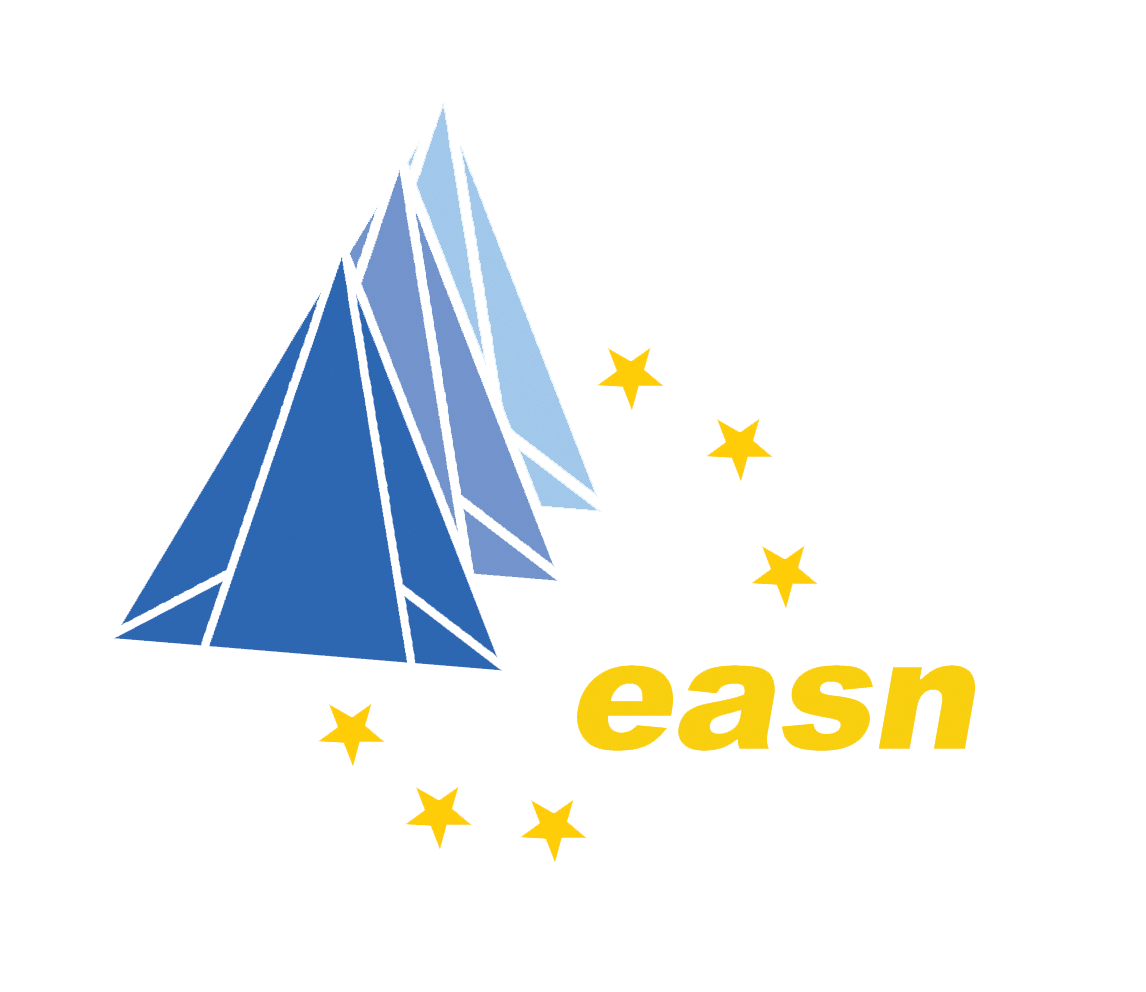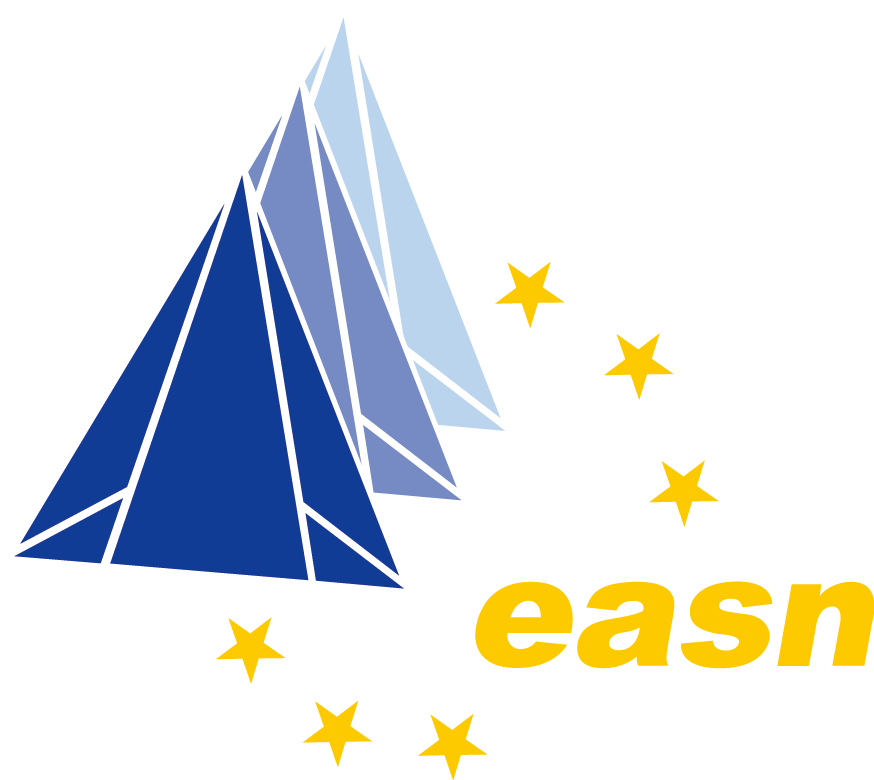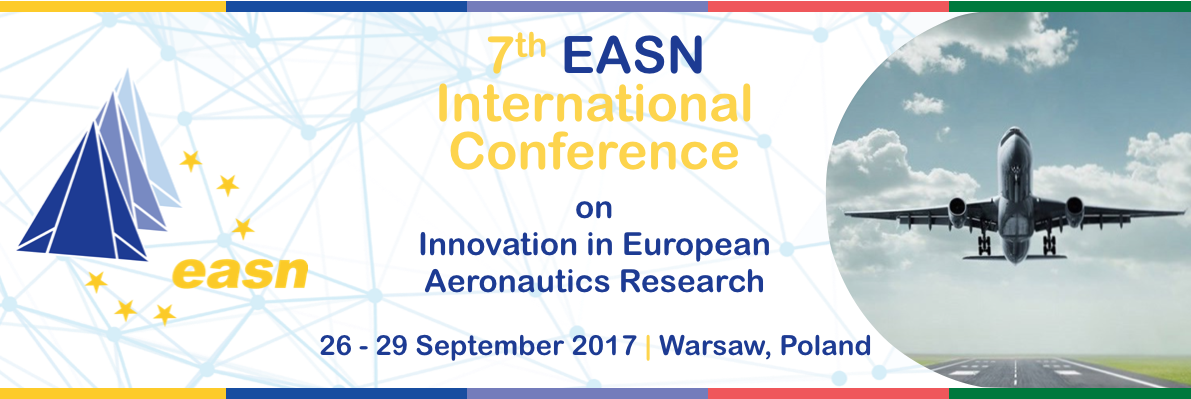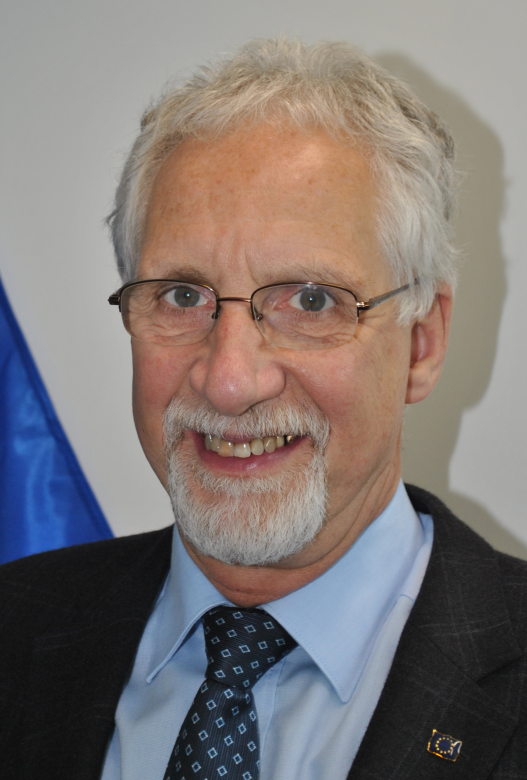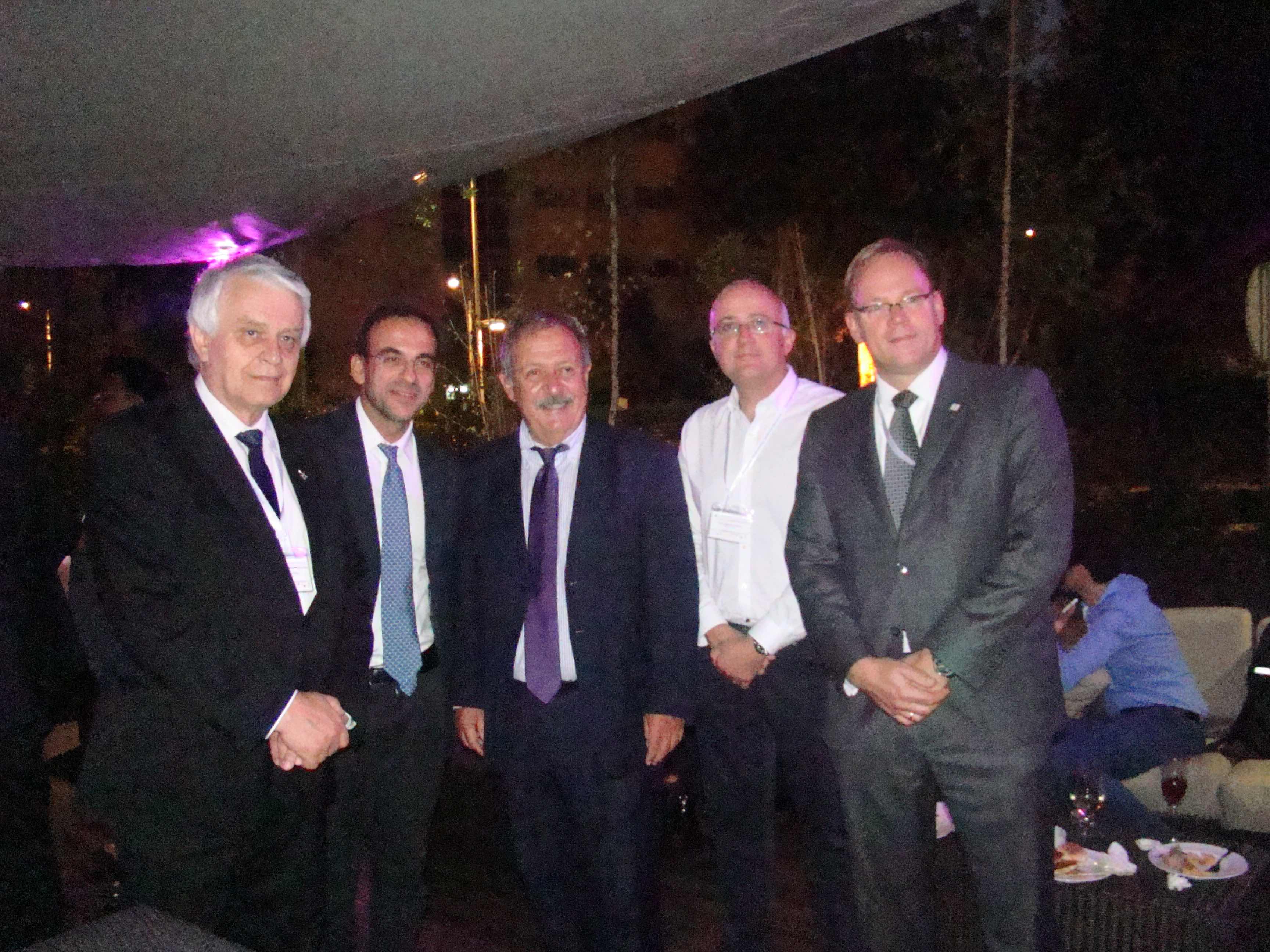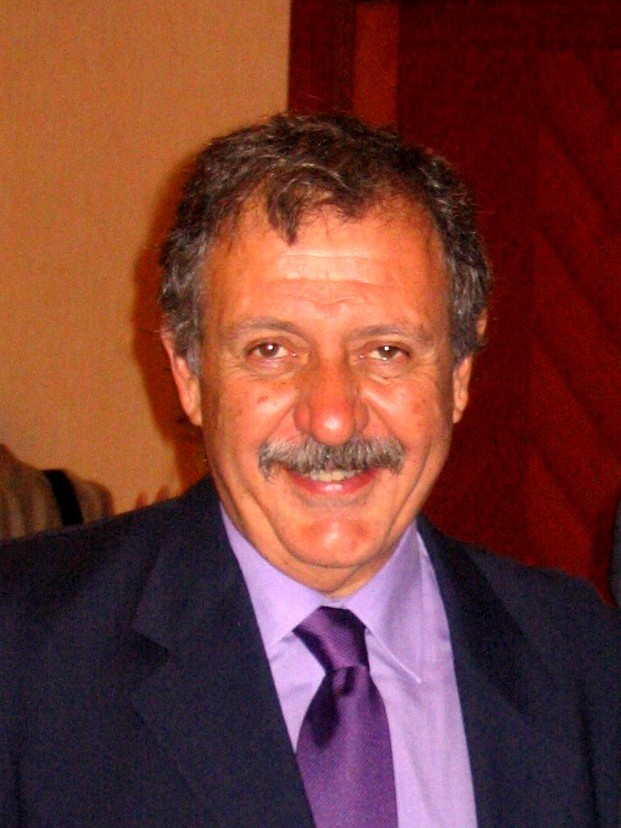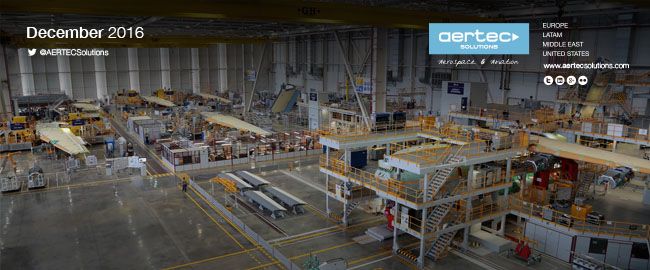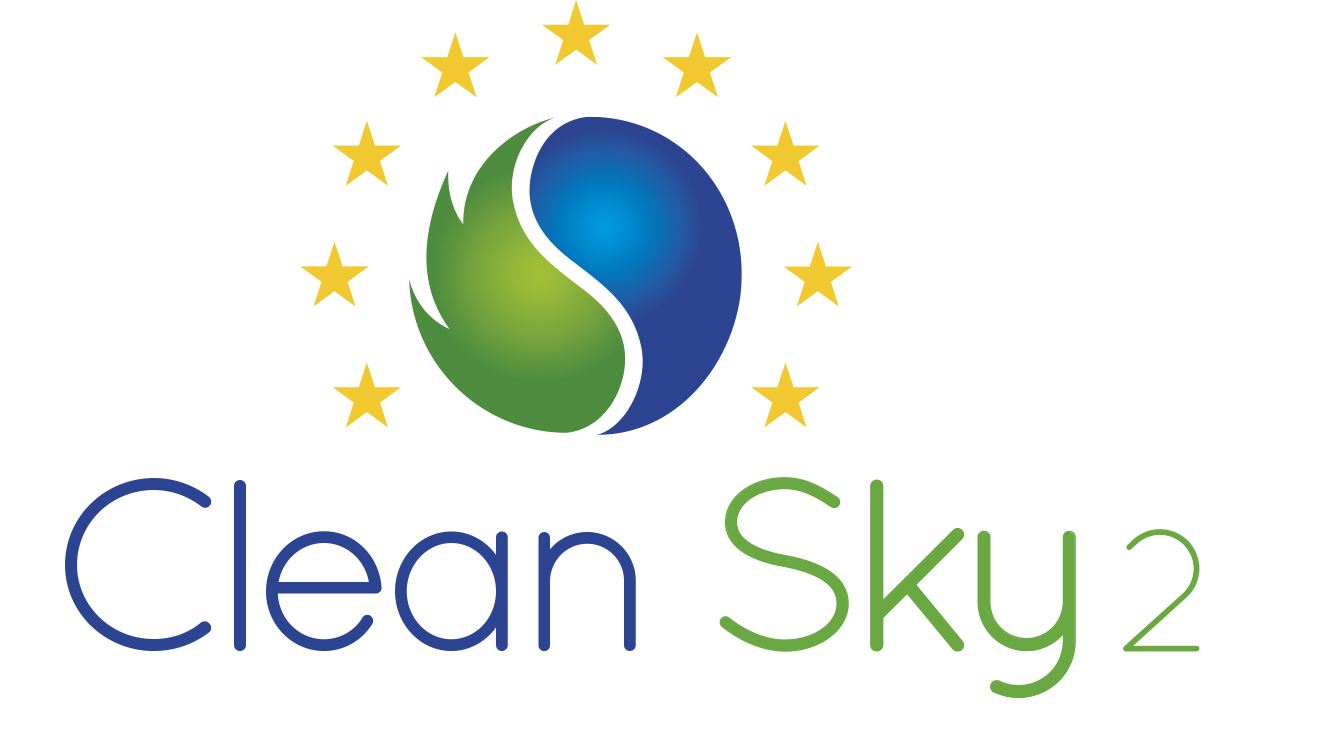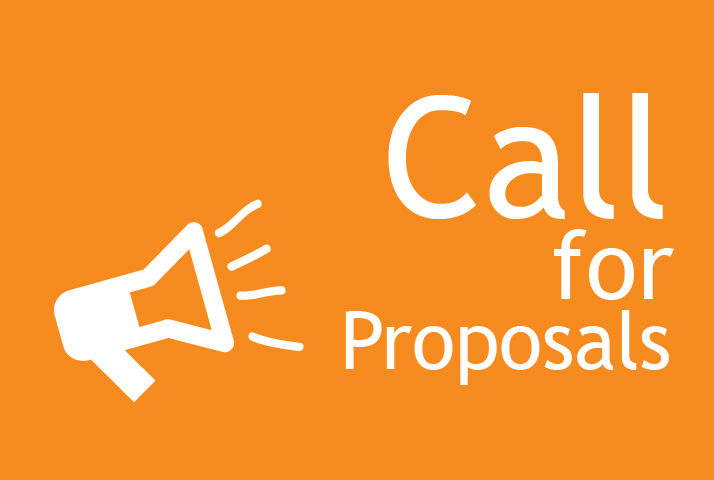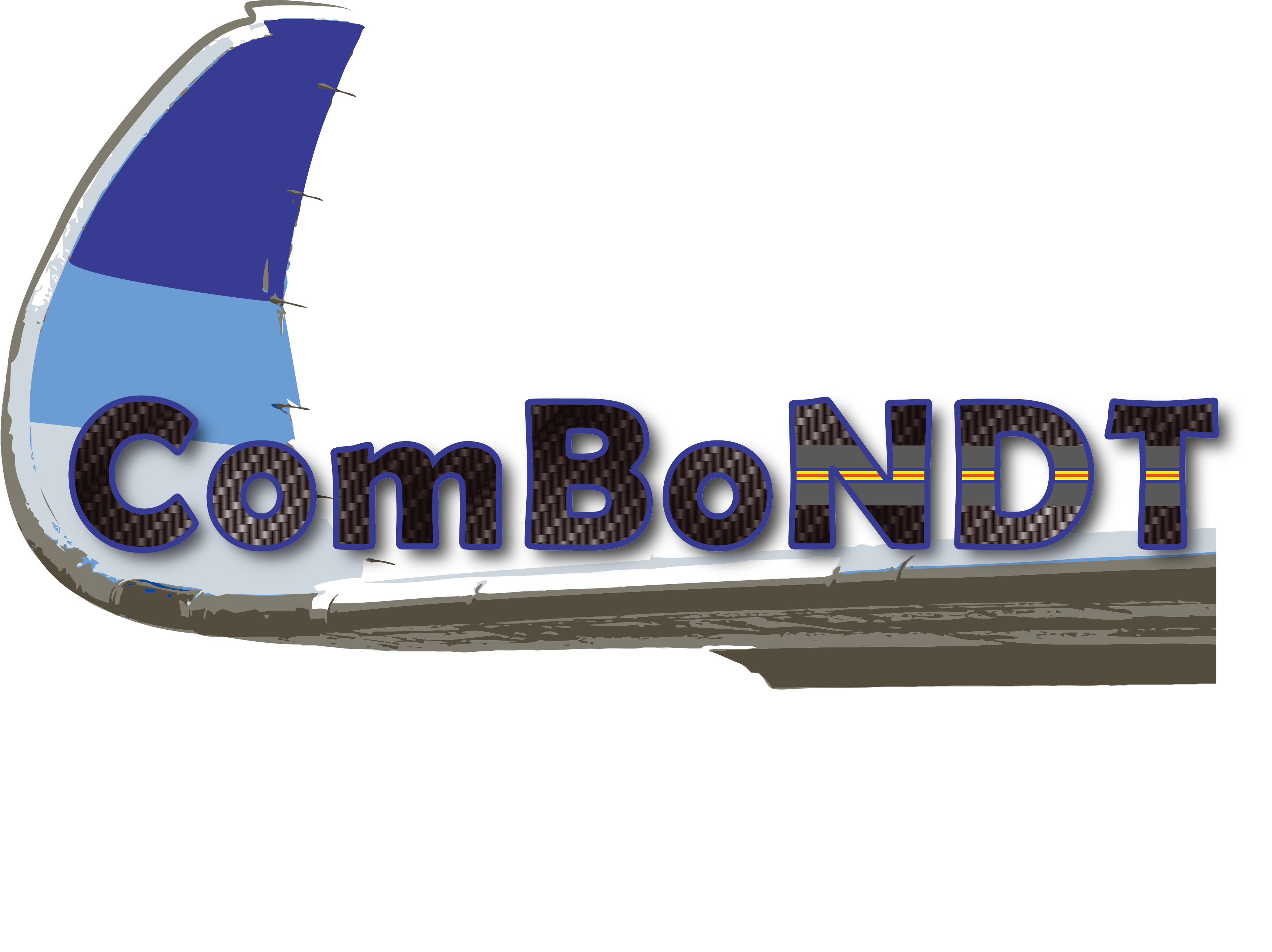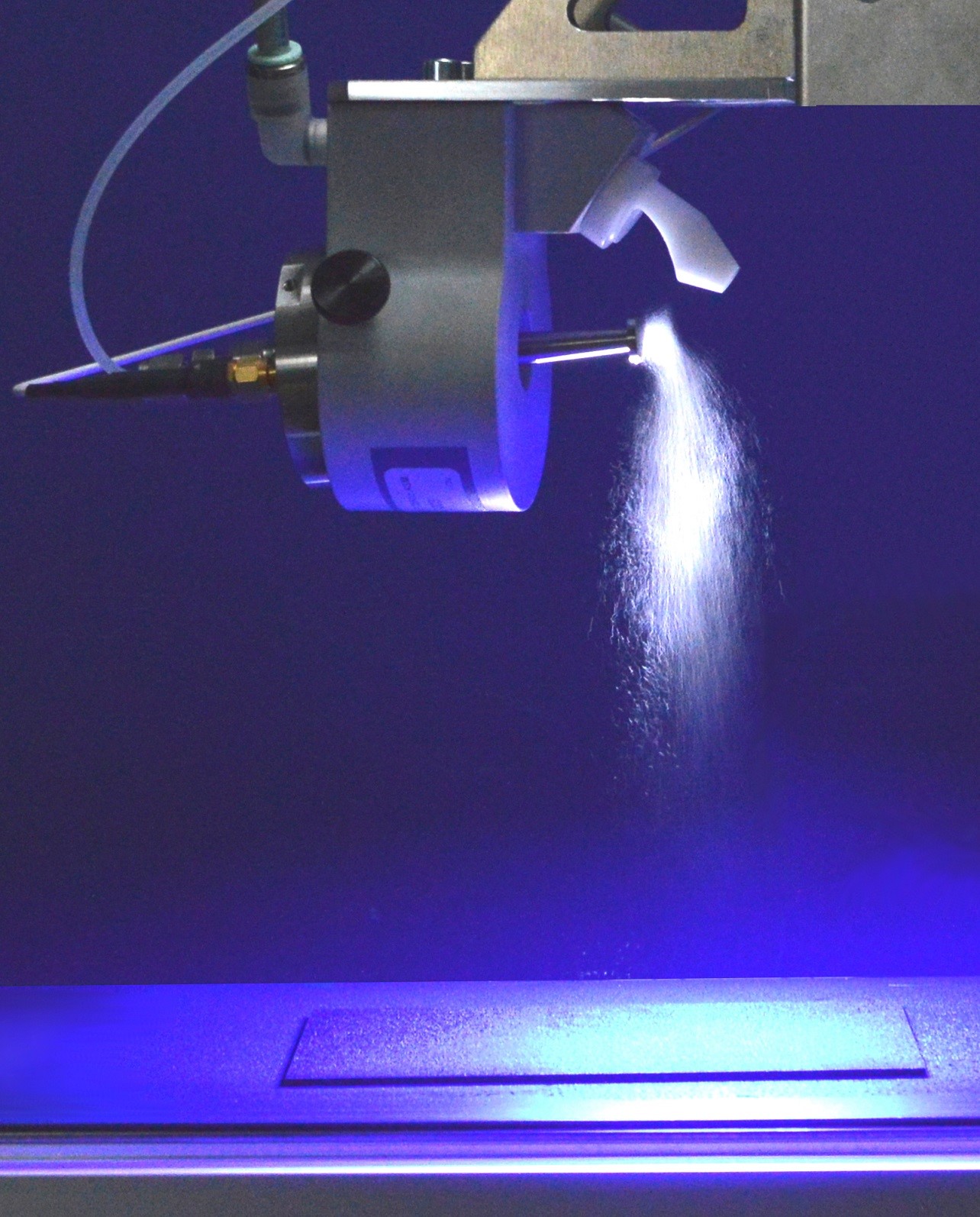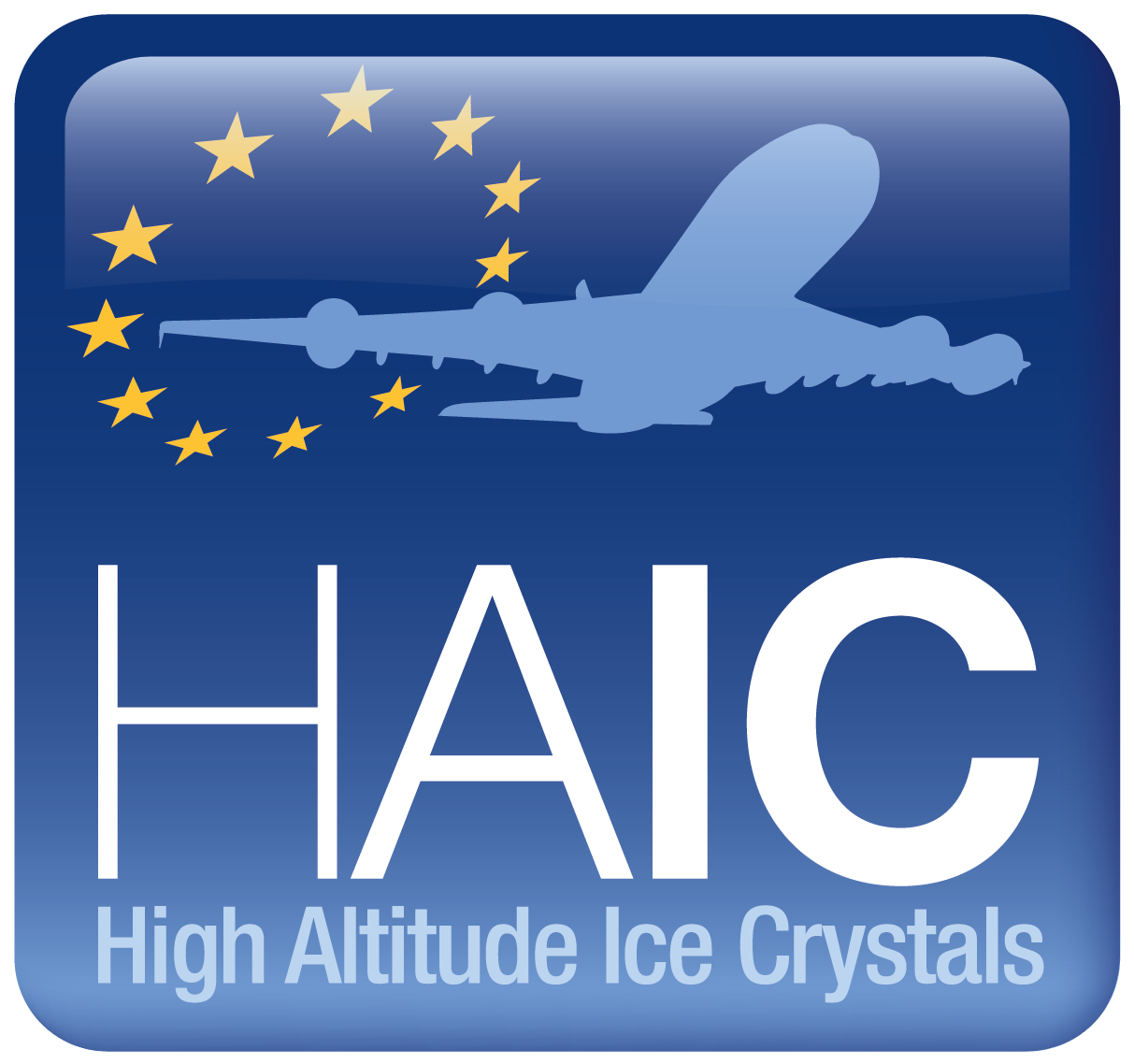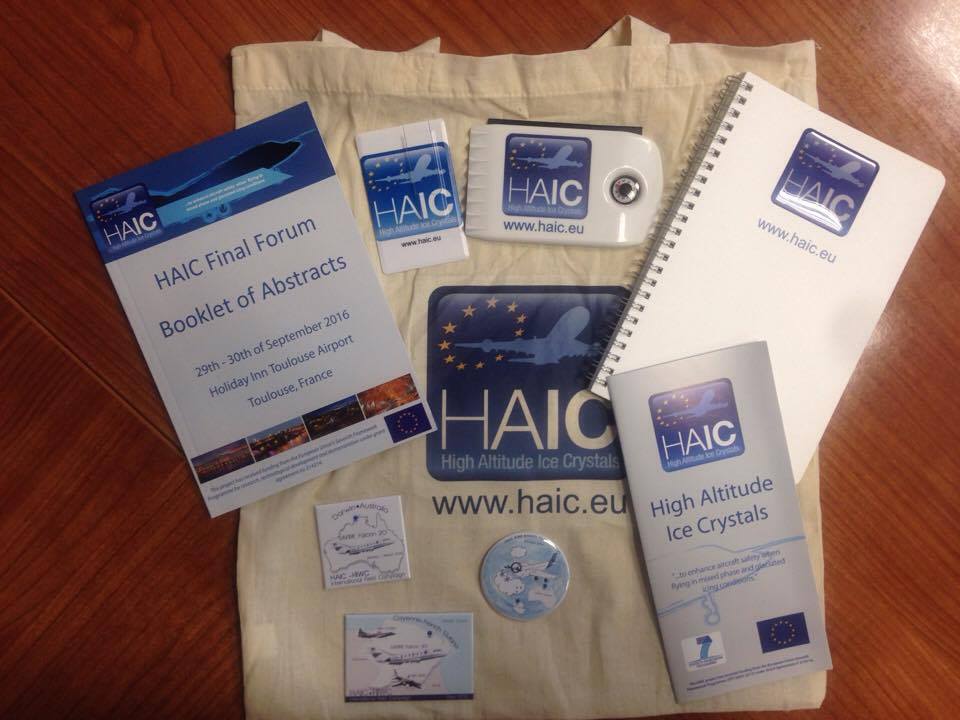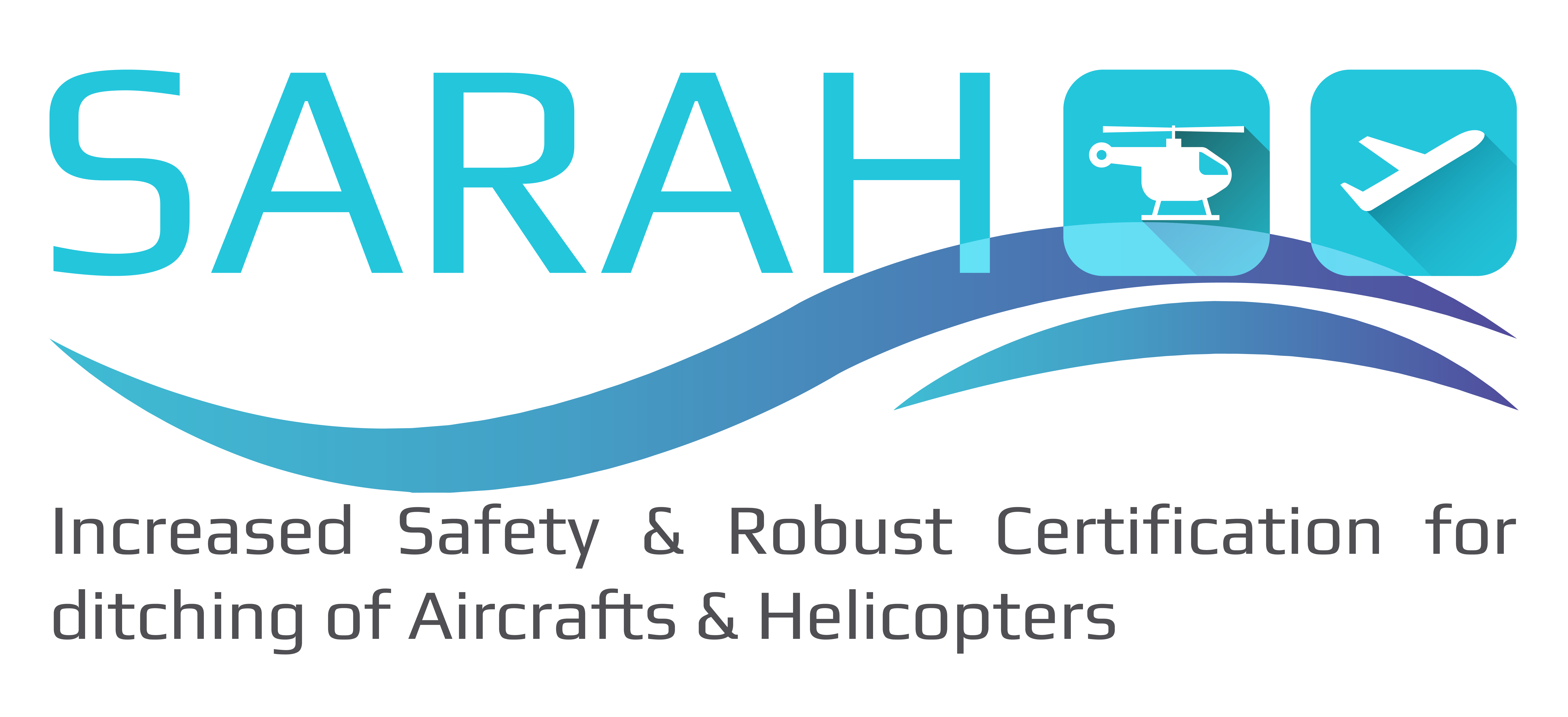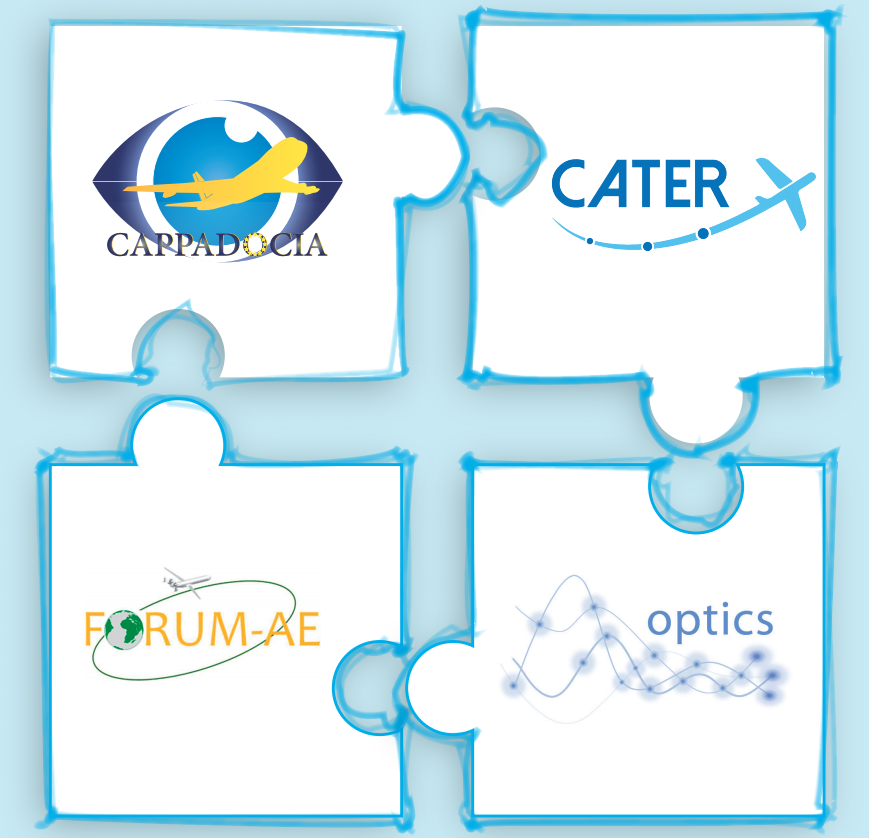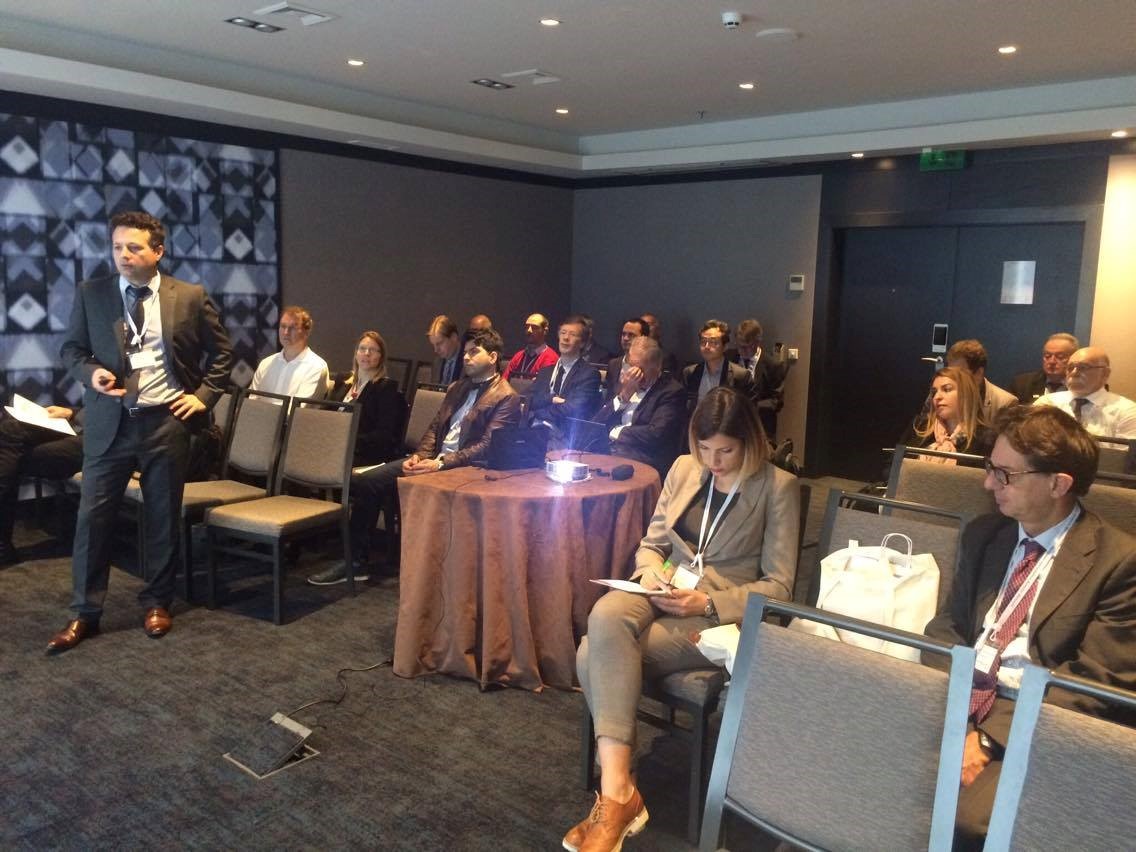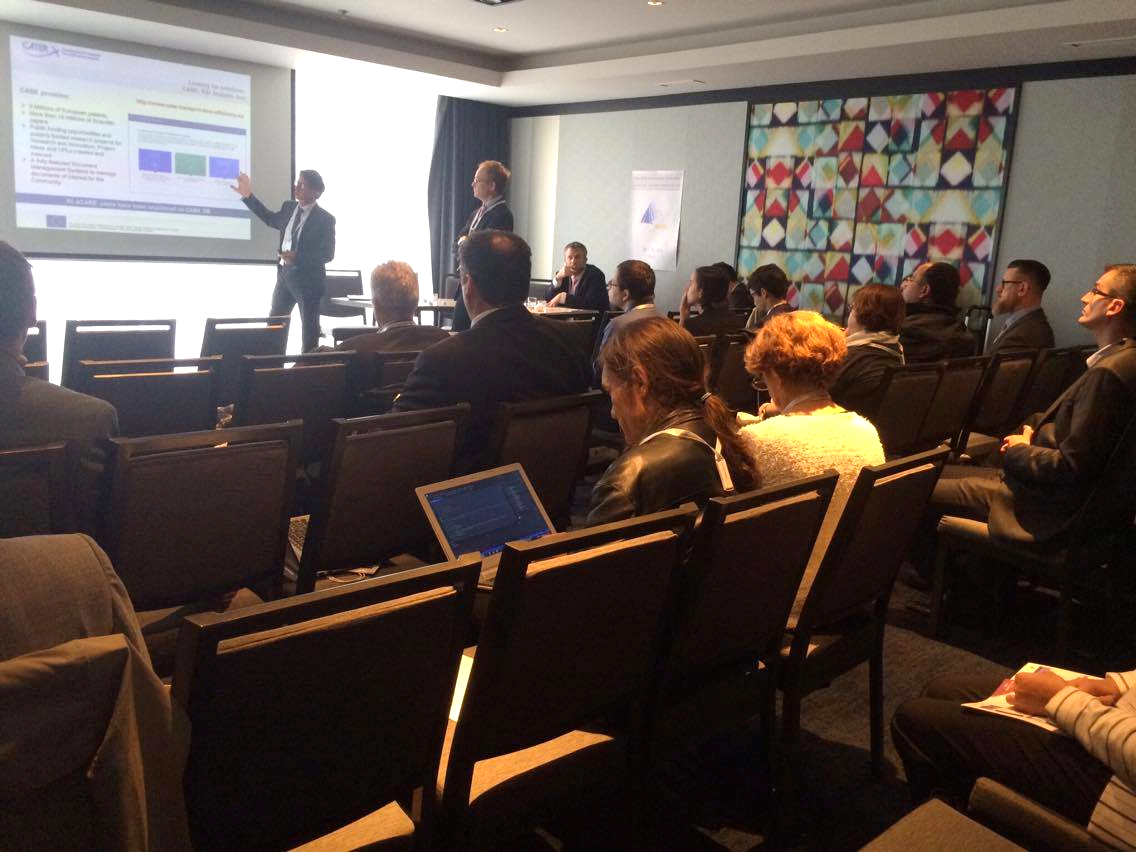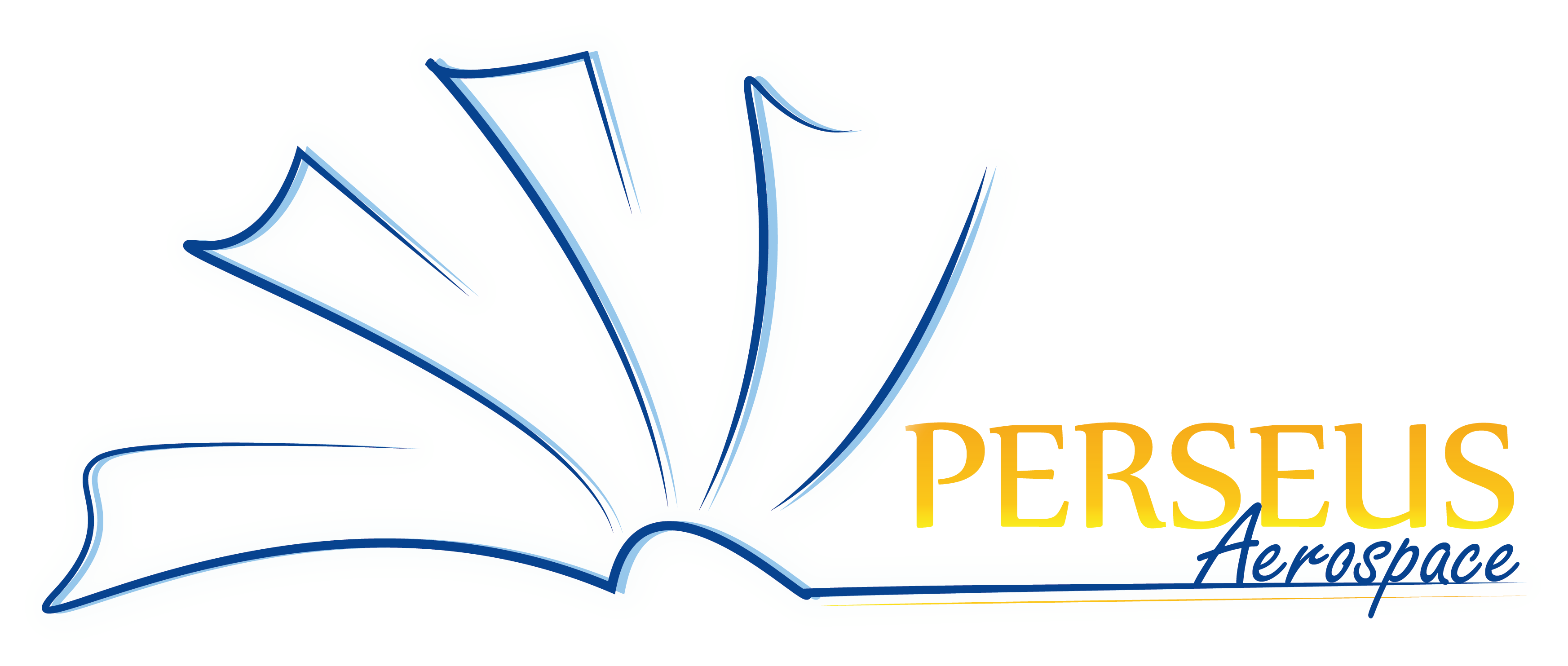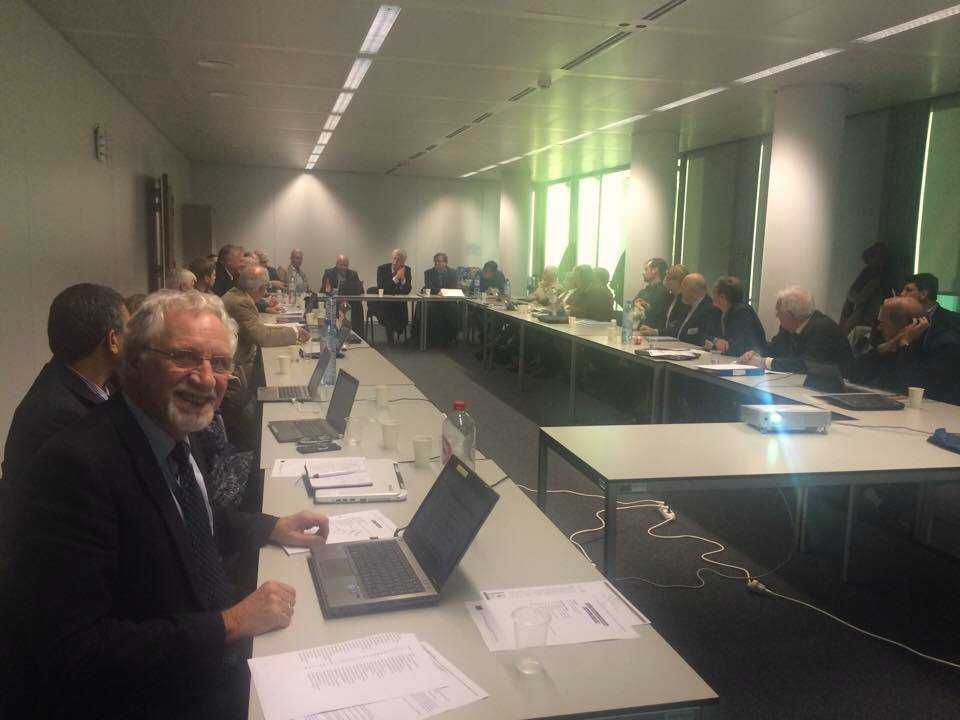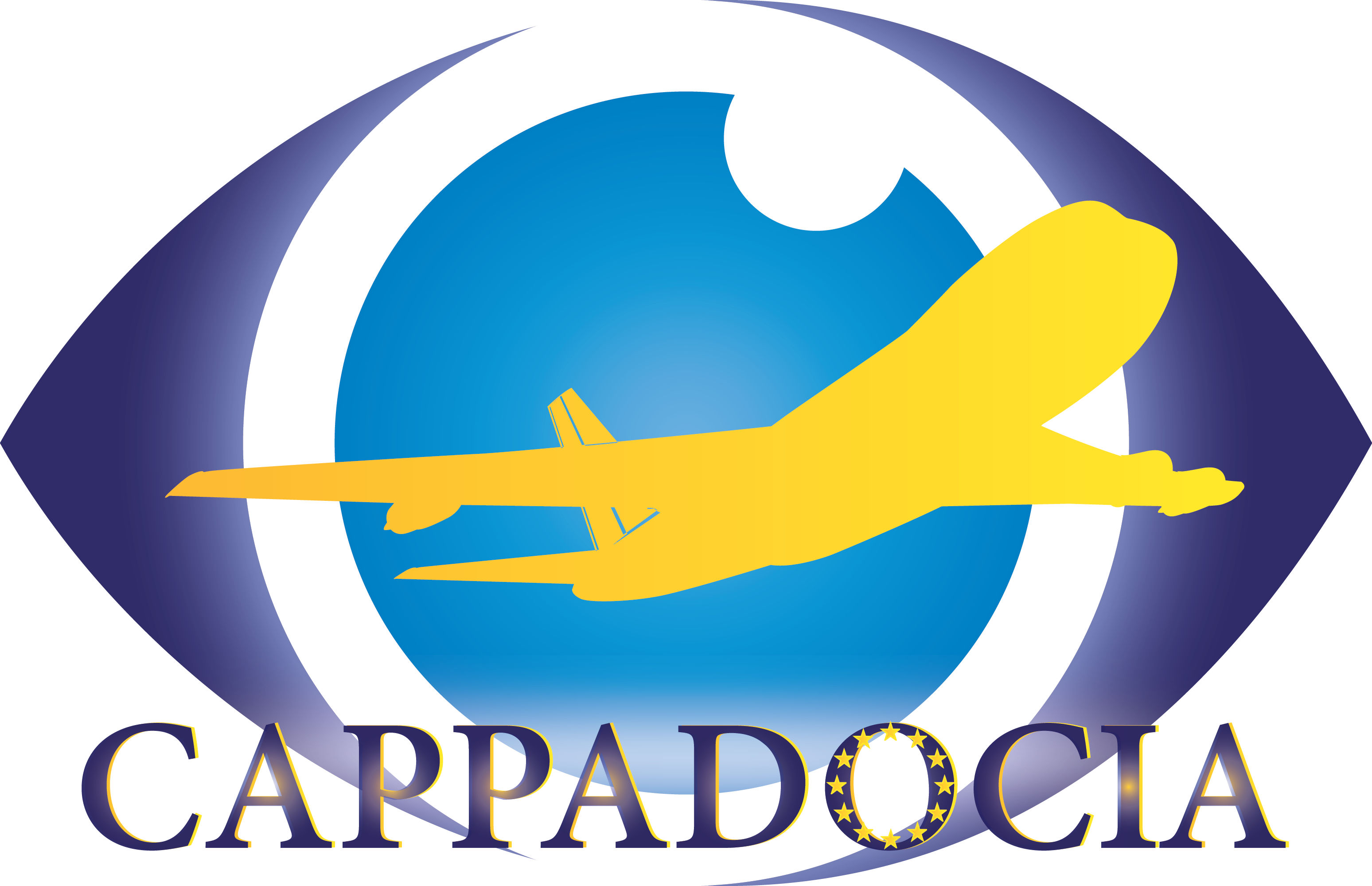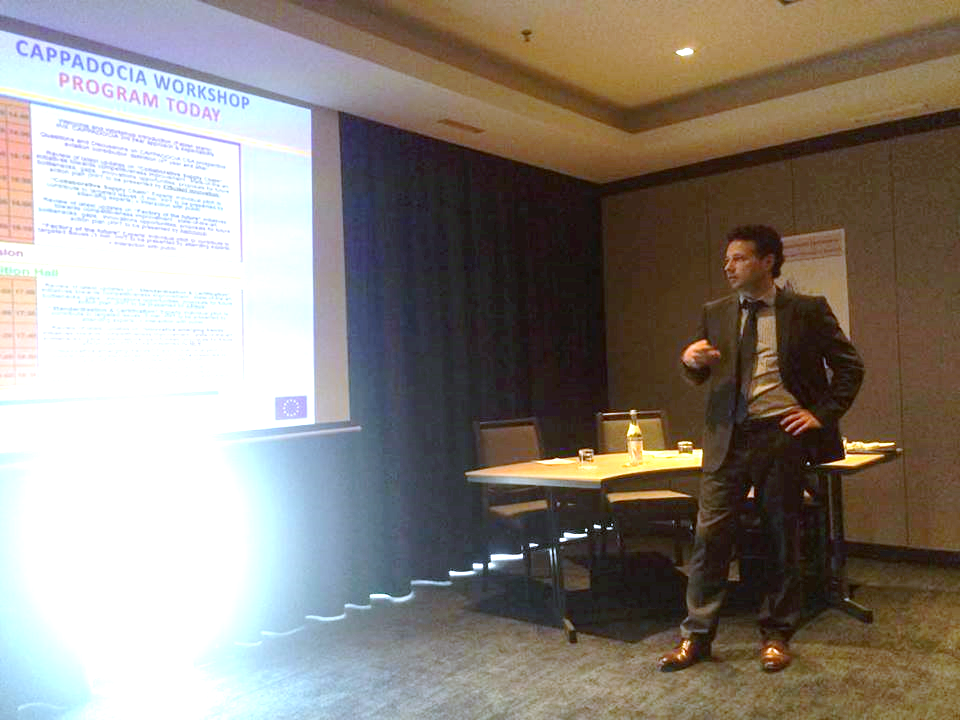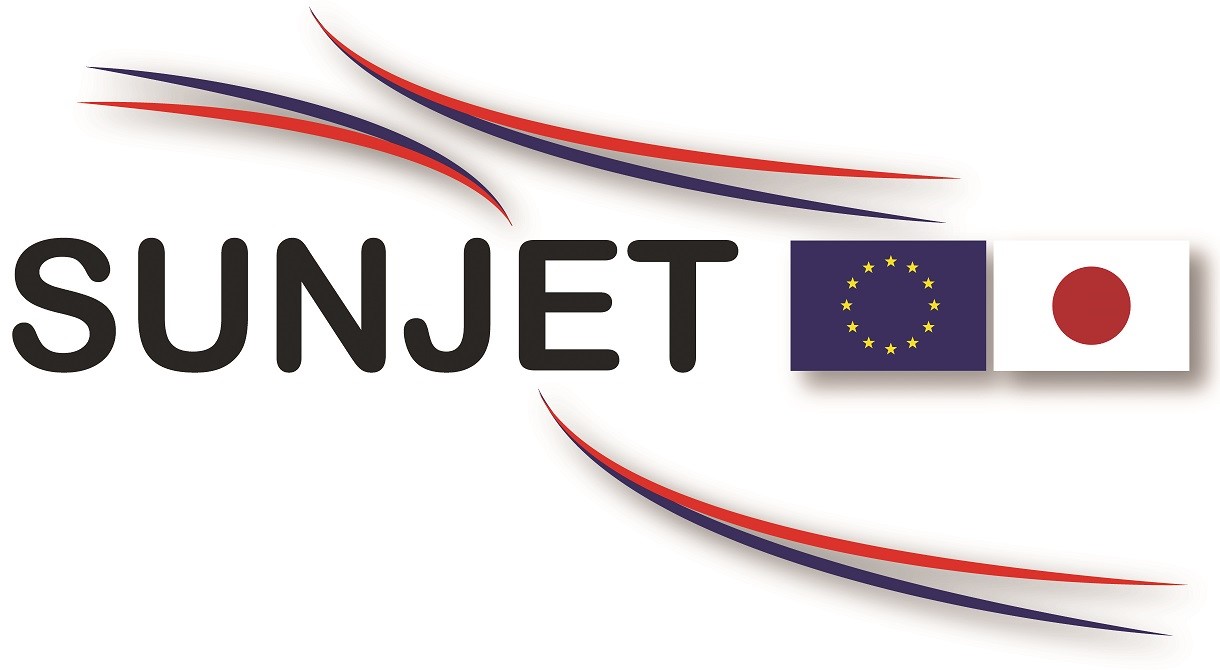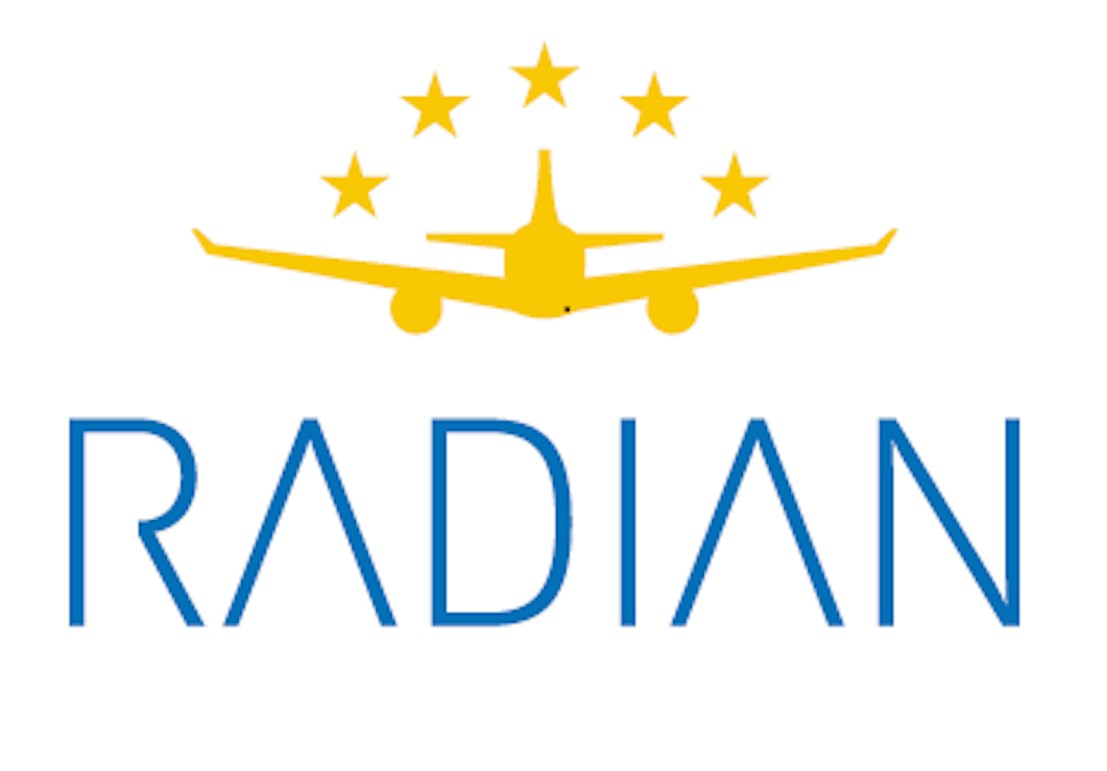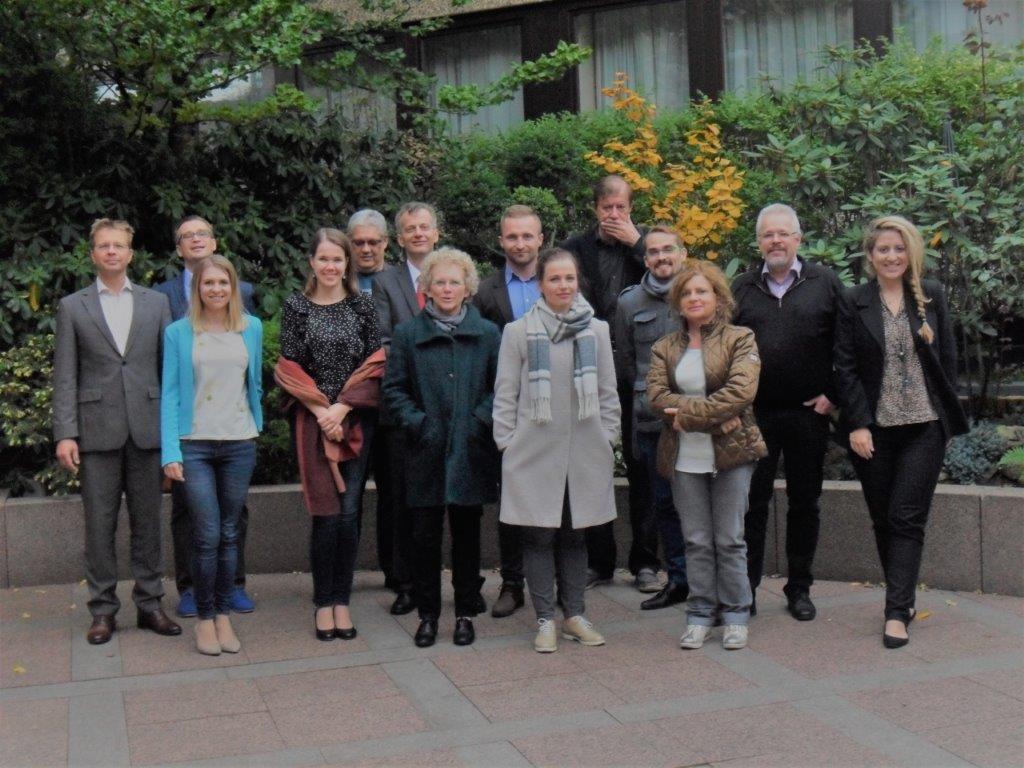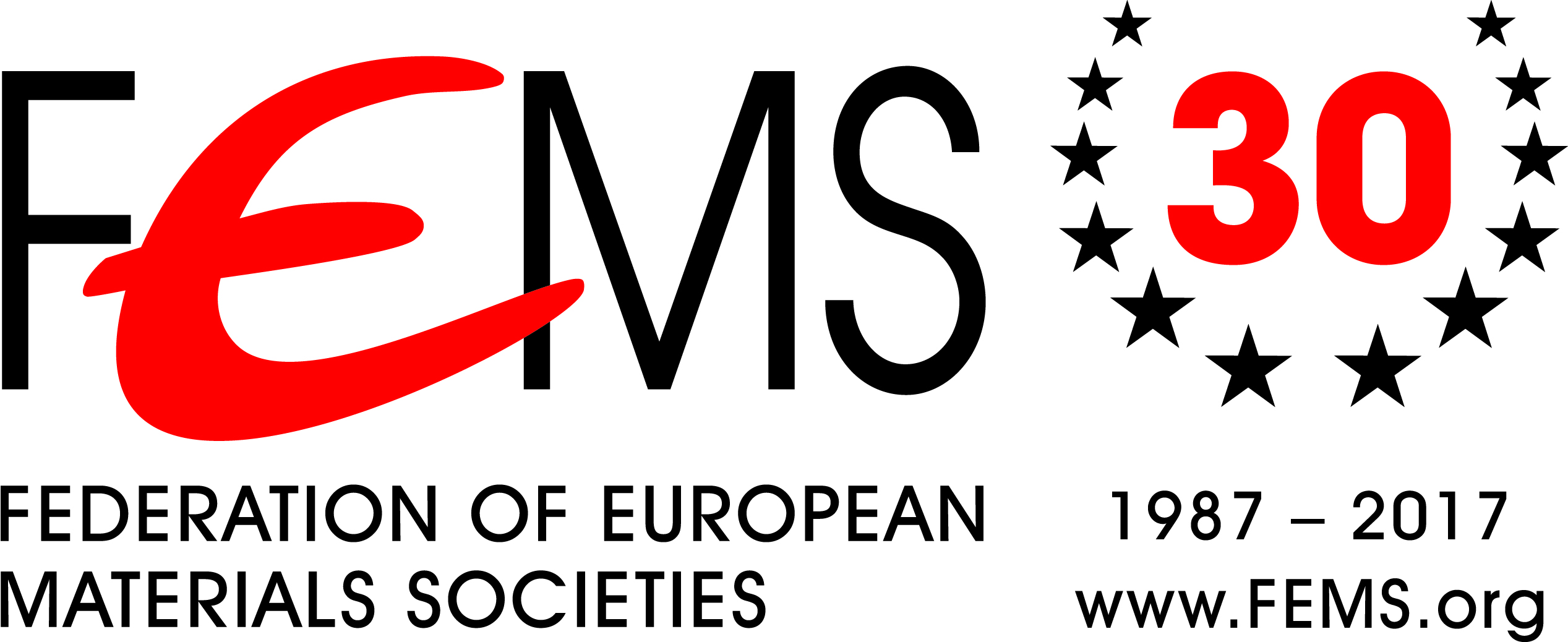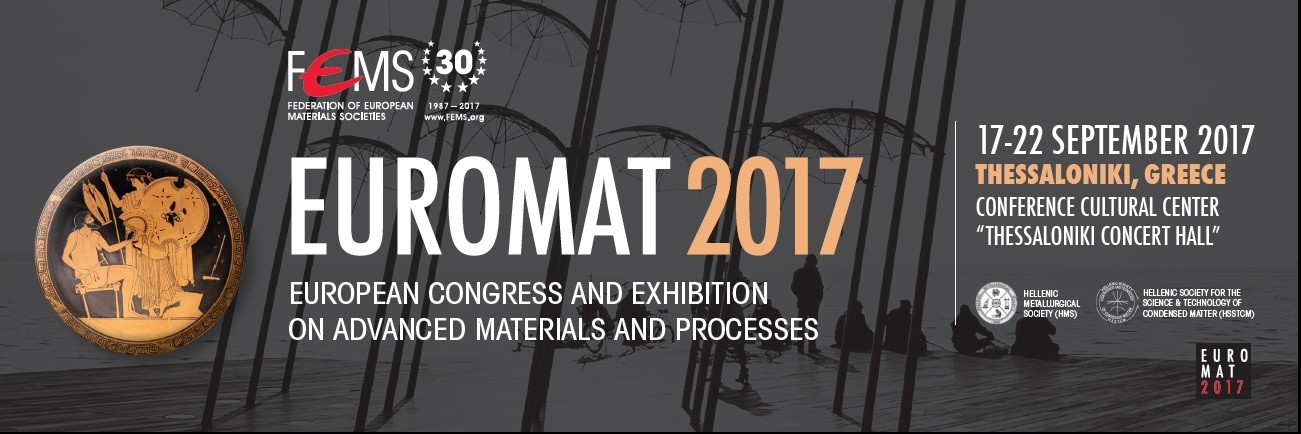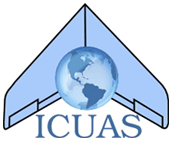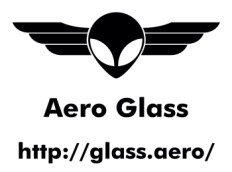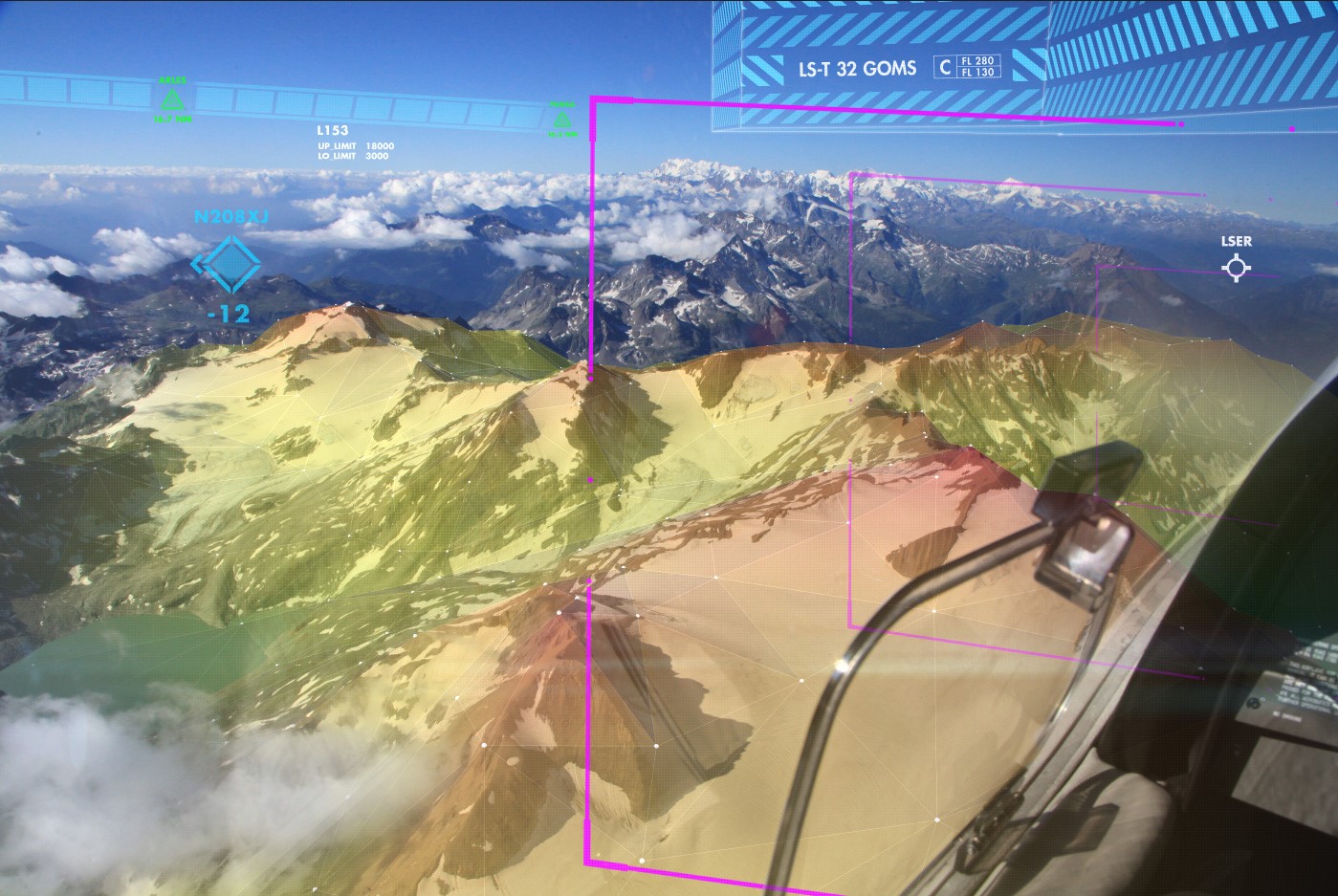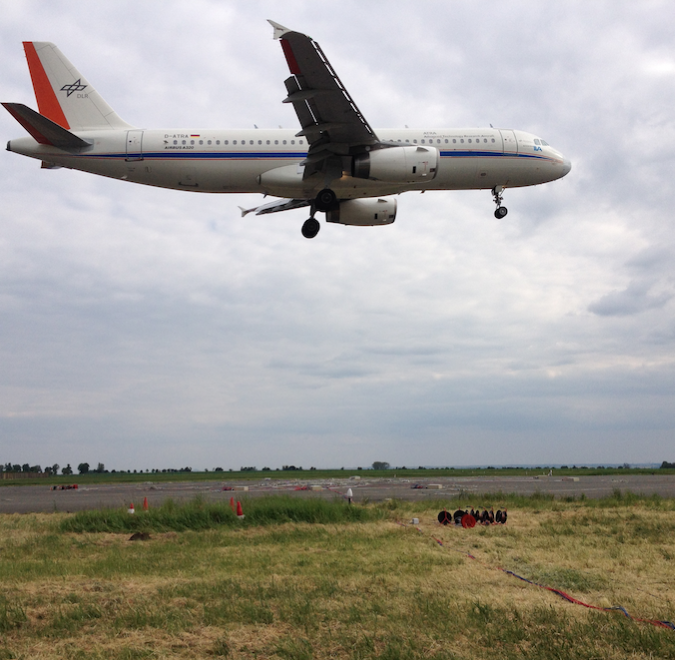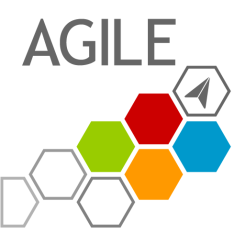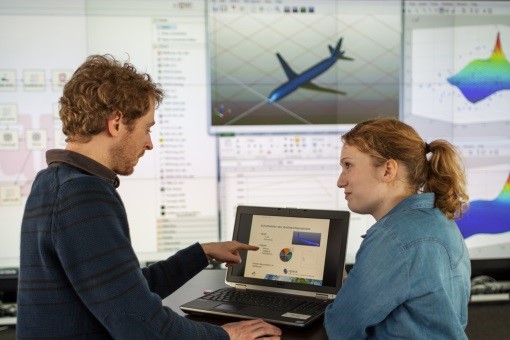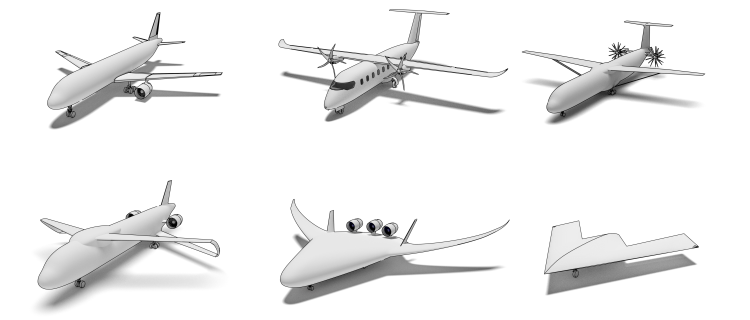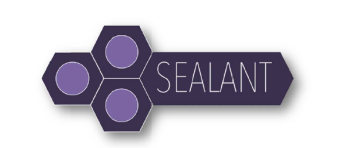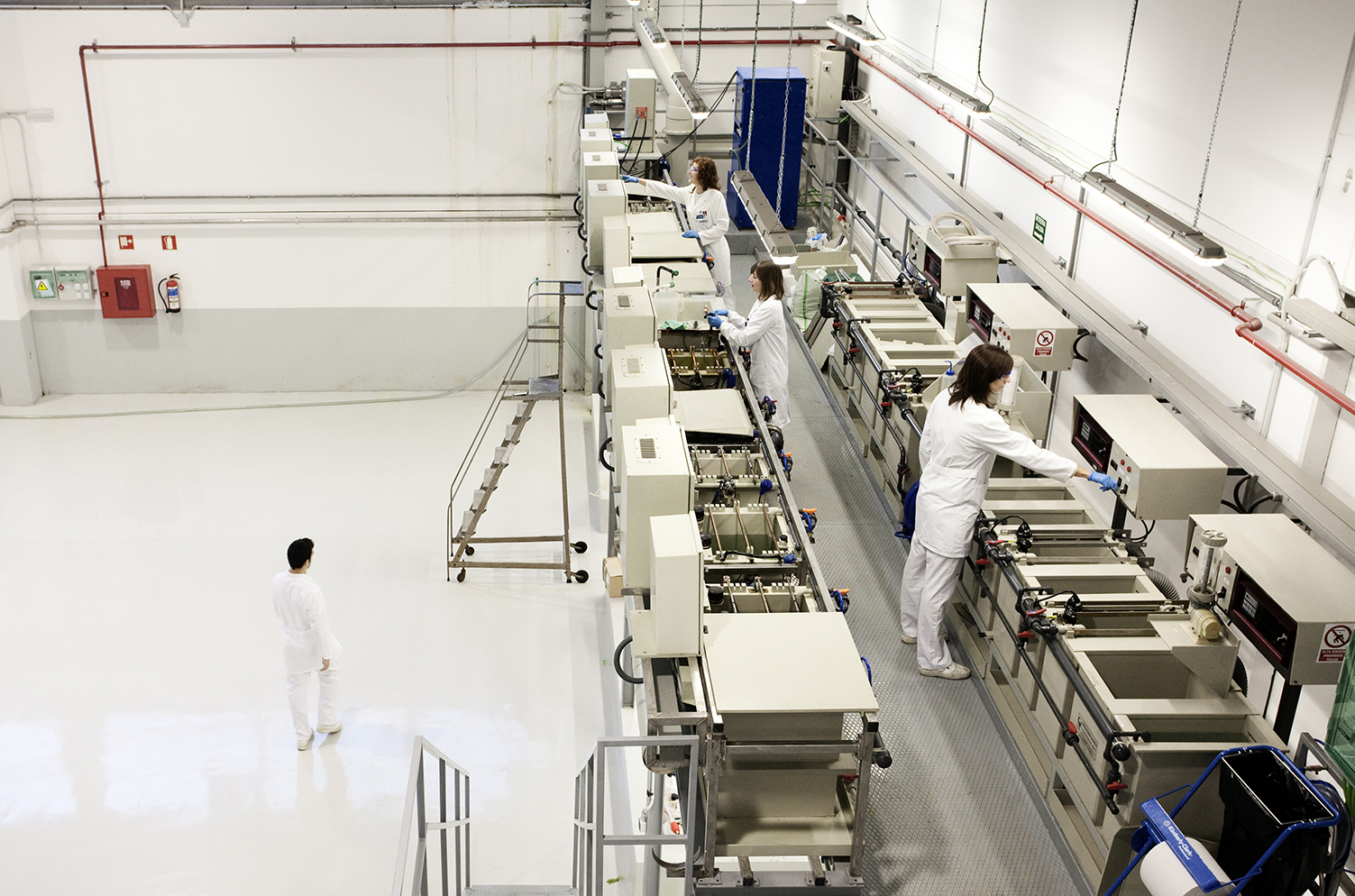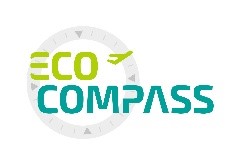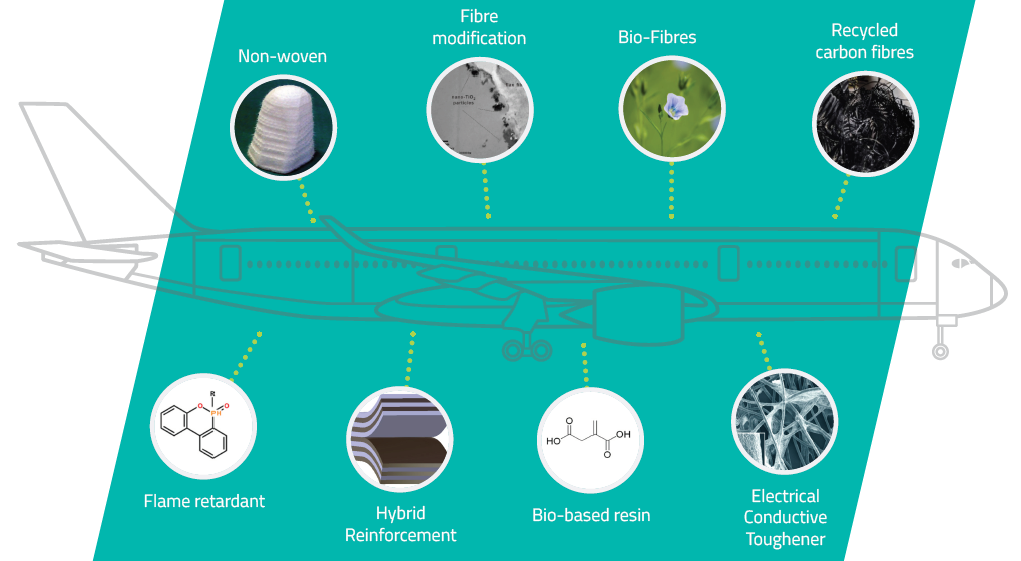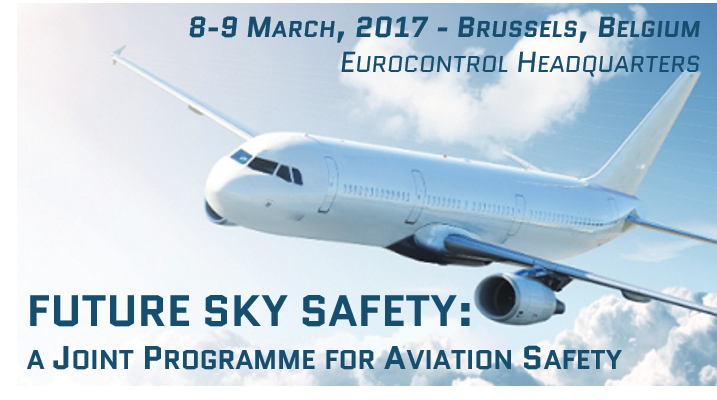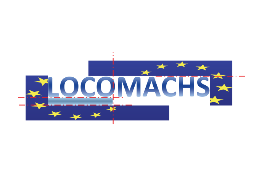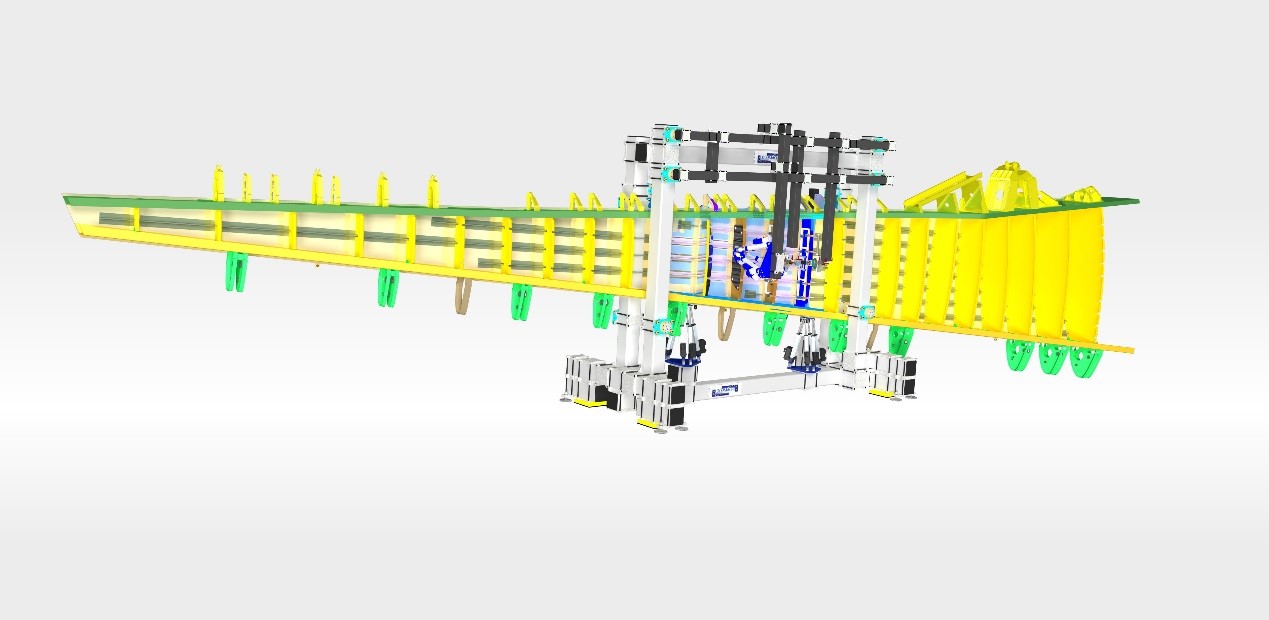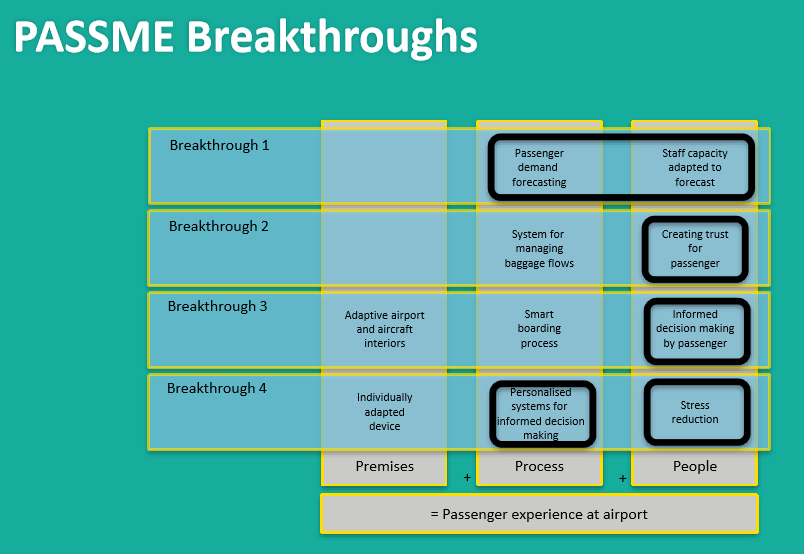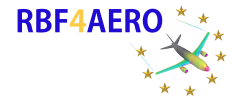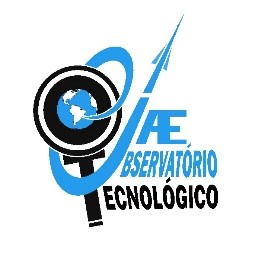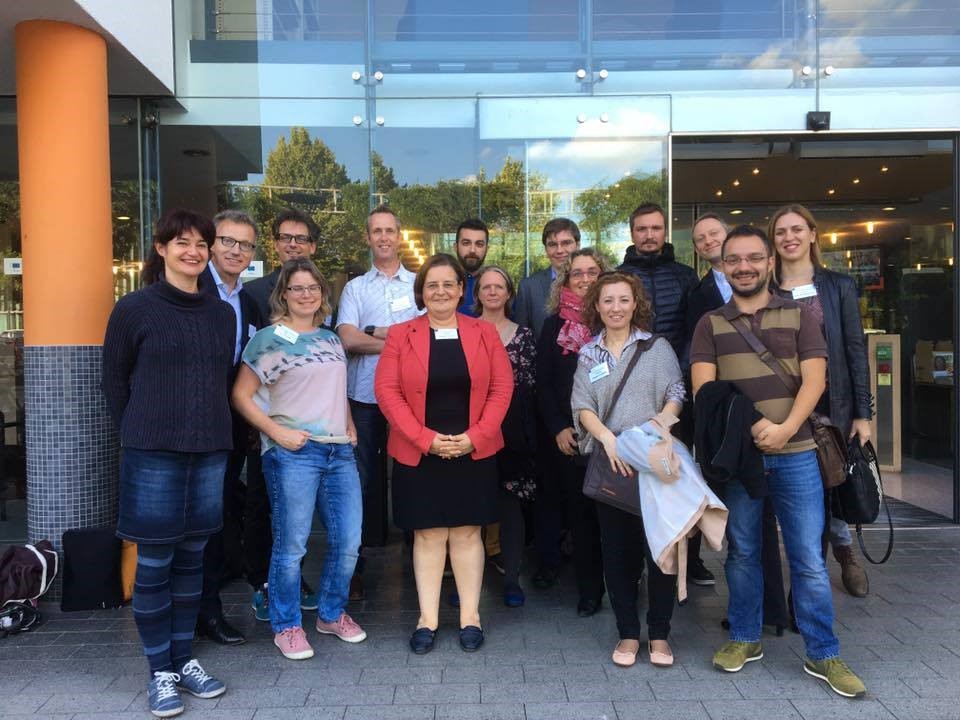The EASN Association and the Aircraft Design Department of the Warsaw University of Technology are inviting you to the 7th EASN International Conference on “Innovation in European Aeronautics Research”. In 2017 the annual gathering of the EASN Association will be held for the first time at the modern Conference Centre of the Polish Institute of Aviation.
Over the years the EASN conference has been established as a major European Dissemination event. The 6th international gathering of the EASN Association has been attended by more than 220 researchers from various disciplines who presented their high quality recent achievements and new upstream research ideas. The 7th EASN International Conference aims to build on the success of the series of EASN events by becoming an even broader and even more comprehensive gathering.
The conference will include Plenary Talks by renowned guests and Roundtable Discussions with key-figures from the academia, industry, research community and policy makers. It will also include Thematic Sessions on a series of domains and disciplines of A&AT along with Technical Workshops where evolving ideas, technologies, products, services and processes will be discussed. Research projects are invited to exploit the opportunity and disseminate their results and achievements in dedicated Sessions.
As always, the 7 EASN Conference is designed to foster the cooperation and interaction between participants on a multidisciplinary basis serving as a platform for sharing your research activities and exchanging novel ideas for future research with a relative pan-European and global audience. The event is structured in a way that enhances the interaction and presents an excellent opportunity for networking and creating new synergies for future collaborations on a bilateral basis or in the frame of multilateral projects.
Updated information will be posted on a regular basis on the conference’s minisite here.

